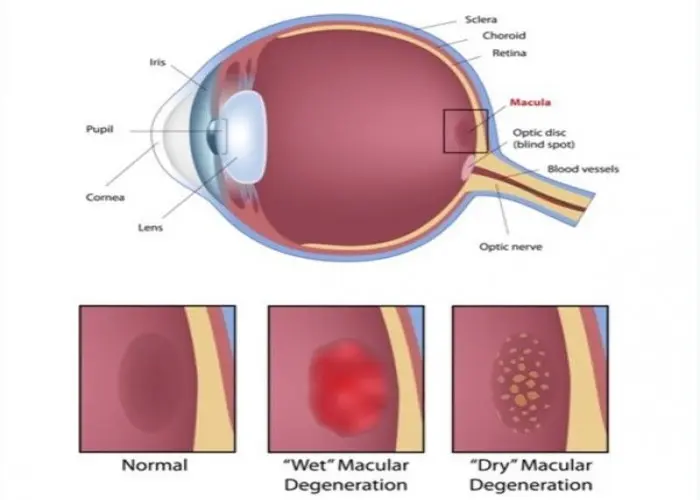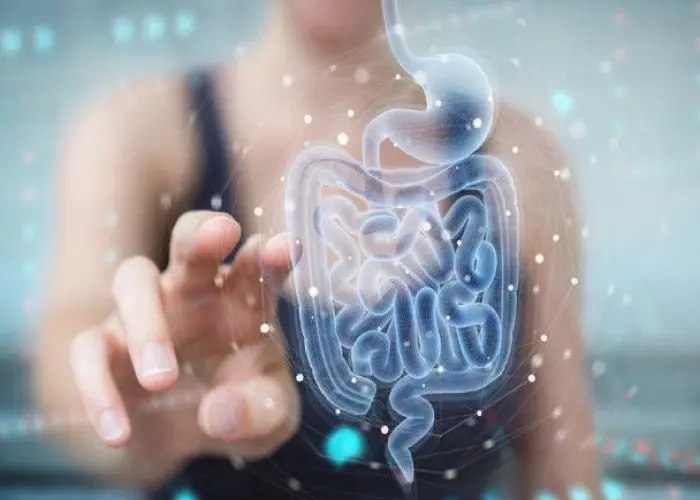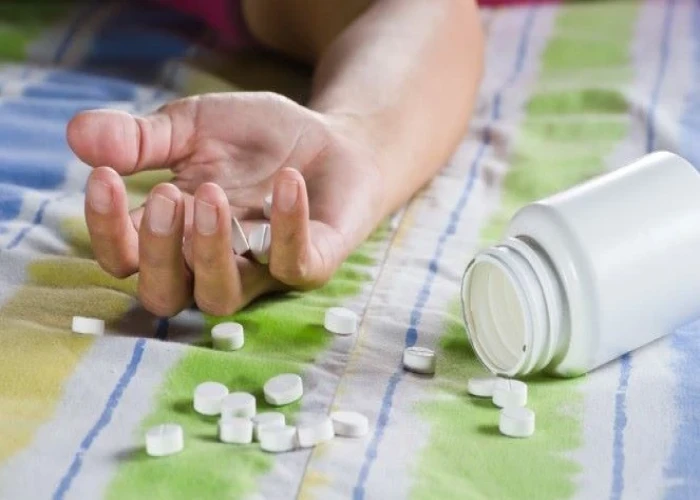 Welcome
Welcome
“May all be happy, may all be healed, may all be at peace and may no one ever suffer."
Heart attack

A heart attack, also known as a myocardial infarction, occurs when blood flow to the heart muscle is blocked, usually by a blood clot. This blockage prevents the heart from getting enough oxygen, which can cause damage to the heart muscle or even death of heart tissue.
Symptoms of a heart attack can include chest pain or discomfort, shortness of breath, nausea or vomiting, lightheadedness, and pain or discomfort in other areas of the upper body, such as the arms, back, neck, jaw, or stomach.
Risk factors for heart attack include high blood pressure, high cholesterol, smoking, diabetes, a family history of heart disease, obesity, and a sedentary lifestyle.
Emergency treatment for a heart attack typically involves restoring blood flow to the heart muscle as quickly as possible. This may involve medications such as aspirin or nitroglycerin, or procedures such as angioplasty or coronary artery bypass surgery. After the initial emergency treatment, lifestyle changes such as improving diet, exercise, and quitting smoking may be recommended to reduce the risk of future heart attacks.
Research Papers
Disease Signs and Symptoms
- High blood pressure (hypertension)
- Dizziness, lightheadedness or faintness
- Dizziness (vertigo)
- Fatigue (Tiredness)
- Shortness of breath (dyspnea)
- Abdomen pain
- Heartburn
- Nausea or vomiting
- Chest pain
- Heart attack
Disease Causes
Heart attack
A heart attack occurs when one or more of your coronary arteries becomes blocked. Over time, a buildup of fatty deposits, including cholesterol, form substances called plaques, which can narrow the arteries (atherosclerosis). This condition, called coronary artery disease, causes most heart attacks.
During a heart attack, a plaque can rupture and spill cholesterol and other substances into the bloodstream. A blood clot forms at the site of the rupture. If the clot is large, it can block blood flow through the coronary artery, starving the heart of oxygen and nutrients (ischemia).
You might have a complete or partial blockage of the coronary artery.
- A complete blockage means you've had an ST elevation myocardial infarction (STEMI).
- A partial blockage means you've had a non-ST elevation myocardial infarction (NSTEMI).
Diagnosis and treatment might be different depending on which type you've had.
Another cause of a heart attack is a spasm of a coronary artery that shuts down blood flow to part of the heart muscle. Using tobacco and illicit drugs, such as cocaine, can cause a life-threatening spasm.
Infection with COVID-19 also may damage your heart in ways that result in a heart attack.
Disease Prevents
Heart attack
It's never too late to take steps to prevent a heart attack — even if you've already had one. Here are ways to prevent a heart attack.
- Medications. Taking medications can reduce your risk of a subsequent heart attack and help your damaged heart function better. Continue to take what your doctor prescribes, and ask your doctor how often you need to be monitored.
- Lifestyle factors. You know the drill: Maintain a healthy weight with a heart-healthy diet, don't smoke, exercise regularly, manage stress and control conditions that can lead to a heart attack, such as high blood pressure, high cholesterol and diabetes.
Disease Treatments
Heart attack treatment at a hospital
Each minute after a heart attack, more heart tissue deteriorates or dies. Restoring blood flow quickly helps prevent heart damage.
Medications
Medications to treat a heart attack might include:
- Aspirin. The 911 operator might tell you to take aspirin, or emergency medical personnel might give you aspirin immediately. Aspirin reduces blood clotting, thus helping maintain blood flow through a narrowed artery.
- Thrombolytics. These drugs, also called clotbusters, help dissolve a blood clot that's blocking blood flow to your heart. The earlier you receive a thrombolytic drug after a heart attack, the greater the chance you'll survive and have less heart damage.
- Antiplatelet agents. Emergency room doctors may give you other drugs known as platelet aggregation inhibitors to help prevent new clots and keep existing clots from getting larger.
- Other blood-thinning medications. You'll likely be given other medications, such as heparin, to make your blood less "sticky" and less likely to form clots. Heparin is given by IV or by an injection under your skin.
- Pain relievers. You might be given a pain reliever, such as morphine.
- Nitroglycerin. This medication, used to treat chest pain (angina), can help improve blood flow to the heart by widening (dilating) the blood vessels.
- Beta blockers. These medications help relax your heart muscle, slow your heartbeat and decrease blood pressure, making your heart's job easier. Beta blockers can limit the amount of heart muscle damage and prevent future heart attacks.
- ACE inhibitors. These drugs lower blood pressure and reduce stress on the heart.
- Statins. These drugs help control your blood cholesterol.
Surgical and other procedures
In addition to medications, you might have one of these procedures to treat your heart attack:
- Coronary angioplasty and stenting. In this procedure, also known as percutaneous coronary intervention (PCI), doctors guide a long, thin tube (catheter) through an artery in your groin or wrist to a blocked artery in your heart. If you've had a heart attack, this procedure is often done immediately after a cardiac catheterization, a procedure used to find blockages.
- The catheter has a special balloon that, once in position, is briefly inflated to open a blocked coronary artery. A metal mesh stent almost always is inserted into the artery to keep it open long term, restoring blood flow to the heart. Usually, you get a stent coated with a slow-releasing medication to help keep your artery open.
- Coronary artery bypass surgery. In some cases, doctors perform emergency bypass surgery at the time of a heart attack. If possible, however, you might have bypass surgery after your heart has had time — about three to seven days — to recover from your heart attack.
- Bypass surgery involves sewing veins or arteries in place beyond a blocked or narrowed coronary artery, allowing blood flow to the heart to bypass the narrowed section.
- You'll likely remain in the hospital for several days after blood flow to your heart is restored and your condition is stable.
Cardiac rehabilitation
Most hospitals offer programs that might start while you're in the hospital and continue for weeks to a couple of months after you return home. Cardiac rehabilitation programs generally focus on four main areas — medications, lifestyle changes, emotional issues and a gradual return to your normal activities.
It's extremely important to participate in this program. People who attend cardiac rehab after a heart attack generally live longer and are less likely to have another heart attack or complications from the heart attack. If cardiac rehab is not recommended during your hospitalization, ask your doctor about it.
Disease Diagnoses
Disease Allopathic Generics
Disease Ayurvedic Generics
Disease Homeopathic Generics
Disease yoga
Heart attack and Learn More about Diseases

Mouth cancer

Dry macular degeneration

Heat exhaustion

Craniosynostosis

Migraine with aura

Inflammatory bowel disease (IBD)

Prescription drug abuse

Soy allergy
heart attack, হৃদপিন্ডে হঠাৎ আক্রমণ
To be happy, beautiful, healthy, wealthy, hale and long-lived stay with DM3S.
